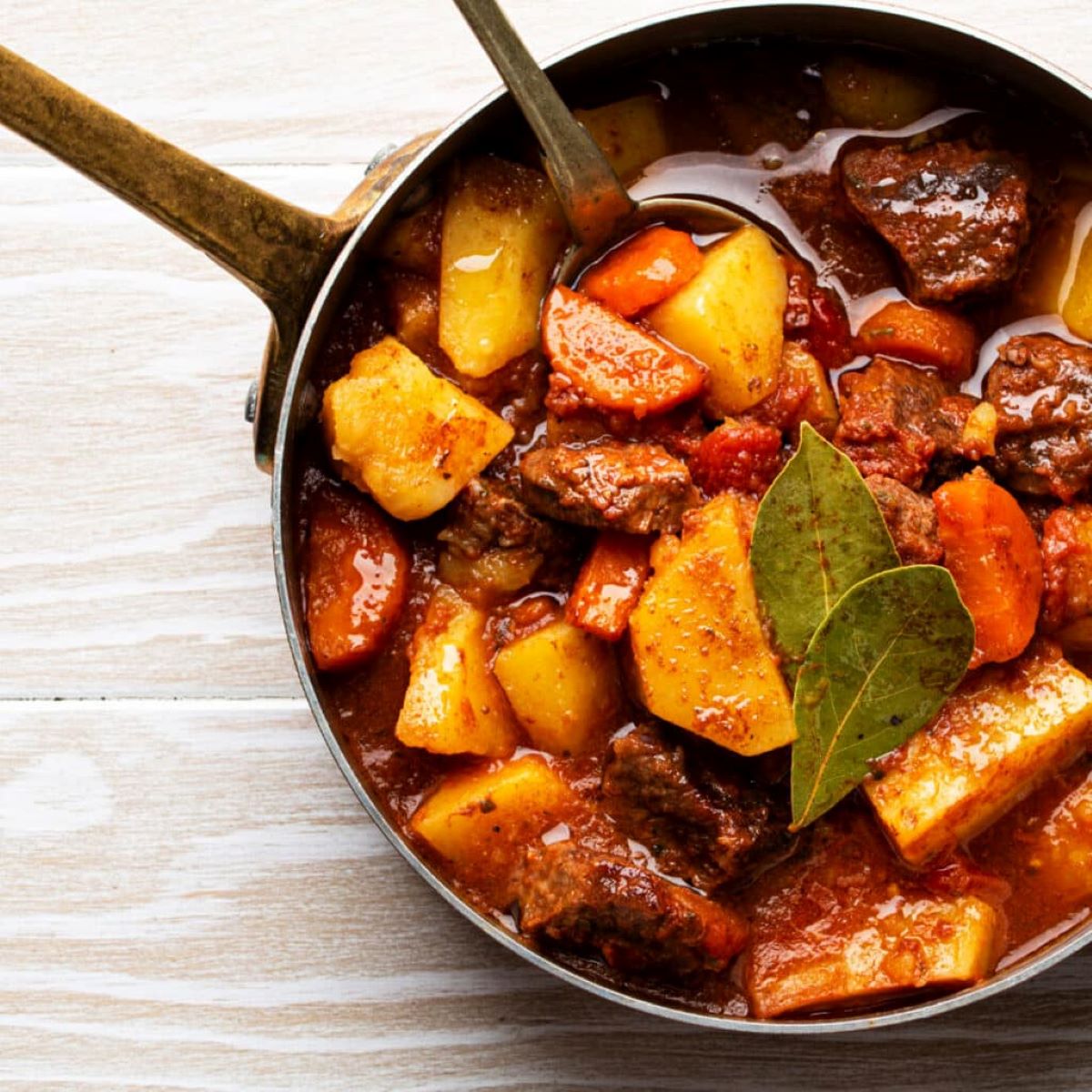

Articles
How To Store Beef Stew
Modified: January 29, 2024
Learn the best methods for storing beef stew leftovers and keeping them fresh for future meals. This article provides valuable tips and insights for proper storage and refrigeration of beef stew.
(Many of the links in this article redirect to a specific reviewed product. Your purchase of these products through affiliate links helps to generate commission for Storables.com, at no extra cost. Learn more)
Introduction
Welcome to our guide on how to store beef stew! Whether you’re a cooking enthusiast or a busy individual looking to prepare a delicious homemade meal in advance, properly storing beef stew will help you save time and ensure its freshness for longer. In this article, we will walk you through the step-by-step process of storing beef stew, from choosing the right beef to reheating and serving instructions.
Beef stew is a comforting and hearty dish that combines tender meat with flavorful vegetables and a rich, savory broth. Its robust flavors develop even further when it’s stored properly, making it an excellent make-ahead meal option.
By following our tips and guidelines, you can enjoy a delicious bowl of beef stew whenever you’re in the mood for a hearty and satisfying meal. So, let’s dive in and learn how to store beef stew for maximum flavor and convenience!
Key Takeaways:
- Choose the right beef cuts like chuck roast or beef brisket for a tender and flavorful beef stew. Avoid lean cuts and opt for organic, grass-fed beef for the best quality and taste.
- Properly store leftover beef stew by cooling it, dividing into portions, using airtight containers, and labeling with date and contents. Refrigerate for 3-4 days or freeze for 2-3 months to maintain freshness and taste.
Read more: How To Make Beef Stew On Stove Top
Choosing the Right Beef
When it comes to making beef stew, selecting the right cut of beef is crucial for a tender and flavorful outcome. Not all beef cuts are suitable for stewing, as some can become tough and chewy during the cooking process. Here are a few options that work exceptionally well:
- Chuck Roast: This is the go-to cut for beef stew. It has a good amount of marbling and connective tissue, which breaks down during cooking, resulting in moist and tender meat.
- Beef Brisket: Known for its full-bodied flavor, beef brisket is another excellent choice for beef stew. It becomes incredibly tender when simmered for a long time.
- Short Ribs: Short ribs are meaty and packed with flavor. They add richness to beef stew and can be enjoyed both bone-in or boneless.
When purchasing beef for stew, look for cuts that are well-marbled and have a good amount of fat. This fat will melt during cooking, resulting in a flavorful and moist stew. If possible, choose organic, grass-fed beef for the best quality and taste.
It’s important to note that lean cuts of beef, such as sirloin or tenderloin, are not ideal for stewing. They can become dry and tough when cooked for an extended period. Save those cuts for grilling or stir-frying.
Once you have chosen the right cut of beef, it’s time to move on to the preparation process. Let’s find out how to get the meat ready for your delicious beef stew!
Preparing the Meat
Before you start cooking, it’s essential to properly prepare the beef for your stew. Here are the steps to ensure the meat is ready for a flavorful and tender result:
- Trim Excess Fat: Begin by trimming any visible excess fat from the beef. While a moderate amount of fat can enhance the flavor, too much can make the stew greasy.
- Cut into Cubes: Cut the beef into bite-sized cubes, roughly 1 to 1.5 inches in size. This size ensures that the meat cooks evenly and absorbs the flavors of the stew.
- Season the Meat: Season the beef cubes with salt and pepper to taste. This helps to enhance the meat’s flavor as it browns during the cooking process.
Once you have prepared the beef, it’s time to move on to selecting the vegetables that will complement the flavors of your stew.
Continue reading to learn about the best vegetables to use and how to prep them for your delicious beef stew!
Selecting Vegetables
In addition to the flavorful and tender beef, the selection of vegetables plays a vital role in creating a well-rounded and delicious beef stew. Here are some vegetables commonly used in beef stew:
- Carrots: Carrots add sweetness and texture to the stew. They hold up well during the cooking process and provide a vibrant color.
- Potatoes: Potatoes are a classic choice for beef stew, as they become tender and creamy when simmered in the flavorful broth.
- Celery: Celery adds a subtle earthy flavor and a pleasant crunch to the stew.
- Onions: Onions provide a base of flavor and add depth to the stew. They also become beautifully caramelized during cooking.
- Garlic: Garlic enhances the overall taste of the stew and adds a lovely aroma.
- Mushrooms: If you enjoy mushrooms, adding them to your beef stew will bring a rich umami flavor and a meaty texture.
- Peas: Peas contribute a pop of color and freshness to the stew. They are typically added towards the end of cooking to retain their vibrant green color.
These vegetables can be mixed and matched based on your personal preference. Feel free to experiment and add your favorite vegetables to create a stew that suits your taste buds.
Now that you’ve chosen your vegetables, it’s time to prep and chop them before adding them to the simmering beef stew.
Prepping and Chopping Vegetables
Now that you have selected the vegetables for your beef stew, it’s time to prepare and chop them before adding them to the pot. Follow these steps to ensure the vegetables are ready for cooking:
- Carrots: Peel the carrots and cut them into bite-sized pieces. You can slice them into rounds or chop them into small chunks, depending on your preference.
- Potatoes: Peel the potatoes and cut them into cubes. Aim for similar-sized pieces to ensure even cooking.
- Celery: Wash the celery stalks and trim off the ends. Slice them into half-inch pieces.
- Onions: Peel the onions and chop them into medium-sized pieces. You can dice them or cut them into wedges.
- Garlic: Peel the garlic cloves and mince them finely. Alternatively, you can use a garlic press to crush them.
- Mushrooms: Clean and trim the mushrooms. Slice them into thick pieces or leave them whole, depending on your preference.
- Peas: If using fresh peas, remove them from the pod. If using frozen peas, they can be added directly to the stew without prior preparation.
Once you have prepped and chopped all the vegetables, you’re ready to move on to the next step: browning the beef.
Continue reading to learn how to add a depth of flavor to your beef stew by properly browning the meat.
Store beef stew in an airtight container in the refrigerator for up to 3-4 days. For longer storage, freeze in a freezer-safe container for up to 3 months. Reheat thoroughly before serving.
Read more: How To Serve Beef Stew At A Dinner Party
Browning the Beef
One of the key steps to achieving a flavorful beef stew is properly browning the meat before adding it to the pot. This process adds depth and a rich caramelized flavor to the stew. Here’s how to brown the beef:
- Pat Dry: Ensure that the beef cubes are patted dry with a paper towel. This step helps to remove excess moisture and promotes better browning.
- Heat the Pan: Heat a large, heavy-bottomed pot or Dutch oven over medium-high heat. Add a small amount of oil or butter to the pot and let it heat up.
- Brown in Batches: Place a portion of the beef cubes in the hot pot, making sure not to overcrowd them. Let the meat sear undisturbed for a couple of minutes to develop a nice caramelized crust. Then, flip the cubes and brown the other side. Repeat this process with the remaining beef cubes, working in batches if necessary.
- Remove and Set Aside: Once the beef cubes are browned, remove them from the pot and set them aside. This step prevents the meat from becoming overcooked during the simmering process.
Browning the beef not only adds a depth of flavor but also creates delicious fond (browned bits) on the bottom of the pot. These bits will be deglazed and incorporated into the stew later on, enhancing the overall taste.
With the beef nicely browned and set aside, it’s time to move on to the next step: adding flavors and seasonings to the stew.
Adding Flavors and Seasonings
Now that the beef has been browned, it’s time to infuse the stew with additional flavors and seasonings. This step will elevate the taste and aroma of the dish. Here are some essential ingredients to include:
- Tomato Paste: Add a couple of tablespoons of tomato paste to the pot and stir it in. Tomato paste adds a touch of tanginess and depth to the stew.
- Herbs and Spices: Sprinkle in a combination of herbs and spices to enhance the flavor profile. Popular choices include thyme, rosemary, bay leaves, paprika, and black pepper.
- Beef Broth: Pour in enough beef broth to cover the ingredients. The broth acts as the base of the stew, infusing it with savory richness.
- Red Wine (Optional): For an extra layer of flavor, you can add a splash of red wine to the pot. The wine will add complexity and depth to the stew.
Once you have added these flavors and seasonings, give the stew a good stir to combine everything. Now it’s time to let the stew simmer and allow all the flavors to meld together.
Read on to learn about the next crucial step in storing beef stew: simmering it to perfection.
Simmering the Stew
Simmering the beef stew slowly and gently is essential to develop its flavors and ensure the meat becomes tender. Here’s how to achieve the perfect simmer:
- Add Vegetables: Return the browned beef cubes to the pot, along with any accumulated juices. Then, add the prepped and chopped vegetables to the pot, distributing them evenly.
- Deglaze the Pot: If you have browned bits (fond) on the bottom of the pot from browning the beef, deglaze the pot by pouring in a small amount of liquid (such as beef broth or red wine) and scraping the bottom with a wooden spoon to release the fond. This step will infuse the stew with those flavorful bits.
- Bring to a Simmer: Increase the heat to bring the stew to a gentle simmer. Once it starts to simmer, reduce the heat to low or medium-low, depending on the stove’s heat intensity.
- Cover and Cook: Place a lid on the pot, leaving a slight vent for steam to escape. Let the stew simmer for at least 1.5 to 2 hours, or until the beef is tender and the flavors have melded together.
During the simmering process, be sure to periodically check and gently stir the stew to prevent anything from sticking to the bottom. This will help ensure even cooking and delectable flavors throughout.
Once the stew has simmered to perfection, it’s time to safely store any leftovers for future enjoyment. Continue reading to learn how to properly store beef stew.
Properly Storing Leftover Stew
After cooking and enjoying a delicious batch of beef stew, you may have some leftovers that you want to save for later. Properly storing leftover stew is important to maintain its freshness and prevent spoilage. Follow these steps to ensure your leftover beef stew stays safe and flavorful:
- Cool the Stew: Allow the stew to cool down to room temperature before storing it. This helps prevent the formation of condensation, which can lead to bacterial growth.
- Divide into Portions: If you have a large amount of stew, consider dividing it into individual or family-sized portions. This will make it easier to reheat and serve later on.
- Use Airtight Containers: Transfer the cooled stew into airtight containers or freezer-safe bags. Make sure to leave some space at the top of the container to allow for expansion during freezing.
- Label and Date: Label each container with the date and contents. This will help you keep track of how long the stew has been stored and make it easier to identify in the future.
- Store in the Refrigerator or Freezer: If you plan to consume the stew within a few days, store it in the refrigerator. For longer-term storage, place the containers in the freezer.
When stored properly, leftover beef stew can be kept in the refrigerator for up to 3-4 days. In the freezer, it can last for 2-3 months, maintaining its quality and taste.
Now that you have successfully stored your leftover beef stew, you may be wondering how to reheat and serve it. Read on to find out the best way to enjoy your delicious stew again.
Read more: How To Cook Beef Stew In A Slow Cooker
Reheating and Serving Instructions
When it’s time to enjoy your leftover beef stew, proper reheating ensures that it’s warmed through and maintains its delicious flavors. Follow these instructions for reheating and serving the stew:
- Refrigerator Stew: If your stew is stored in the refrigerator, you can reheat it on the stovetop. Pour the desired amount of stew into a pot and heat it over medium-low heat, stirring occasionally. Once it reaches a gentle simmer, it’s ready to be served.
- Frozen Stew: If your stew is stored in the freezer, it’s best to thaw it overnight in the refrigerator before reheating. Once thawed, you can follow the same stovetop reheating method mentioned above.
- Microwave Option: If you’re short on time, you can use a microwave to reheat small portions of stew. Transfer the desired amount of stew into a microwave-safe dish and heat it in 1-minute intervals, stirring in between, until it’s heated evenly throughout.
Remember to heat the stew until it’s piping hot, ensuring that it has reached a safe internal temperature of 165°F (74°C). This helps kill any potential bacteria and ensures that the stew is safe to consume.
Once the stew is reheated, it’s time to serve it and enjoy its deliciousness. You can serve the stew as is or accompany it with crusty bread, mashed potatoes, or rice. Garnish with fresh herbs, such as parsley or thyme, for an added burst of flavor and visual appeal.
Now that you know how to properly store, reheat, and serve your beef stew, you can enjoy its comforting flavors at any time. Whether it’s a busy weeknight or a cozy weekend meal, your delicious homemade beef stew is just a reheating away!
Frequently Asked Questions about How To Store Beef Stew
Was this page helpful?
At Storables.com, we guarantee accurate and reliable information. Our content, validated by Expert Board Contributors, is crafted following stringent Editorial Policies. We're committed to providing you with well-researched, expert-backed insights for all your informational needs.
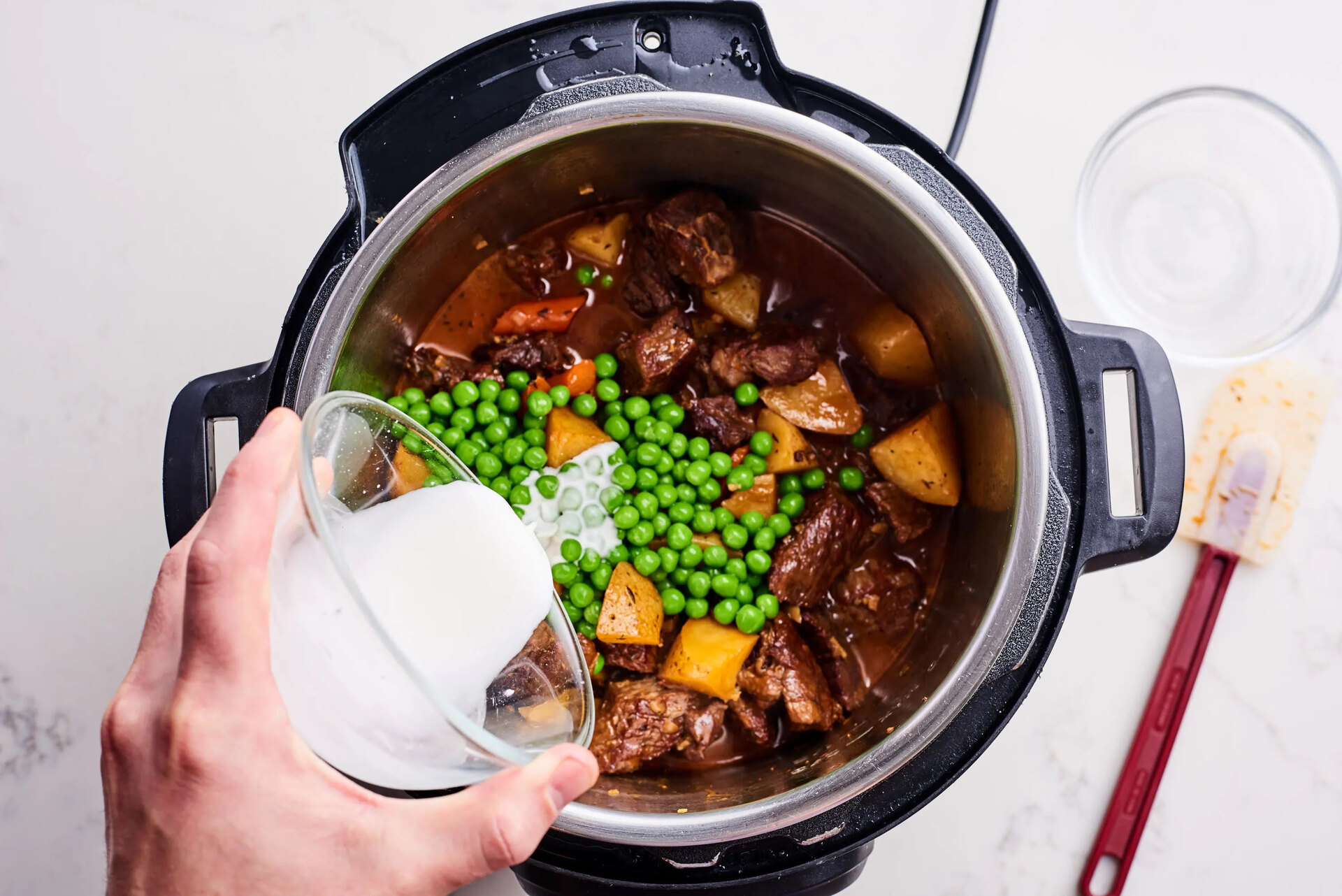
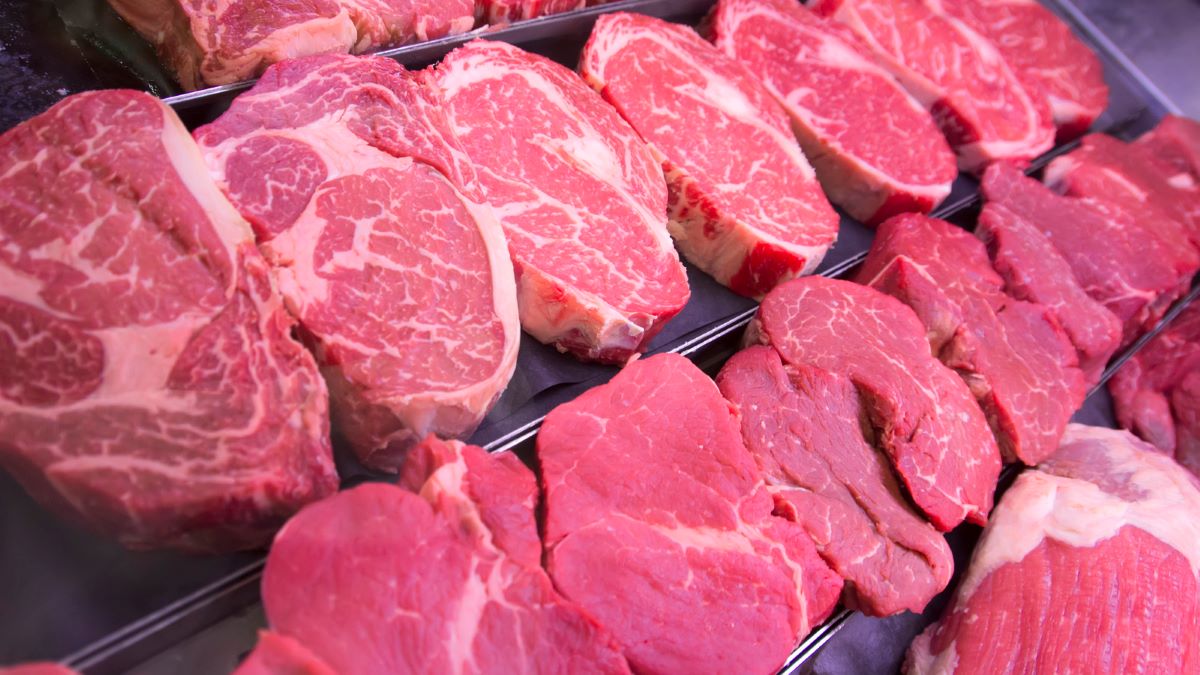
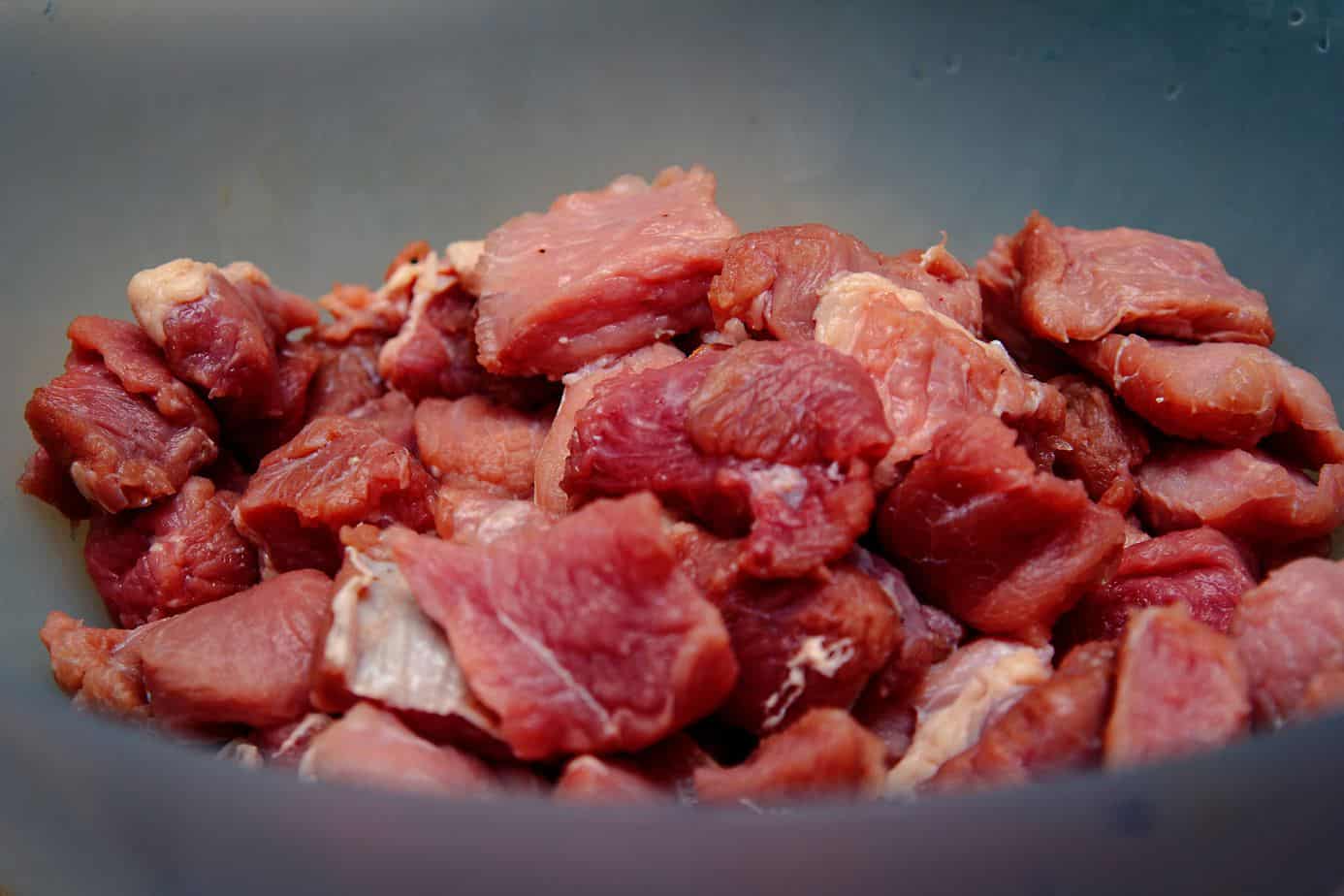
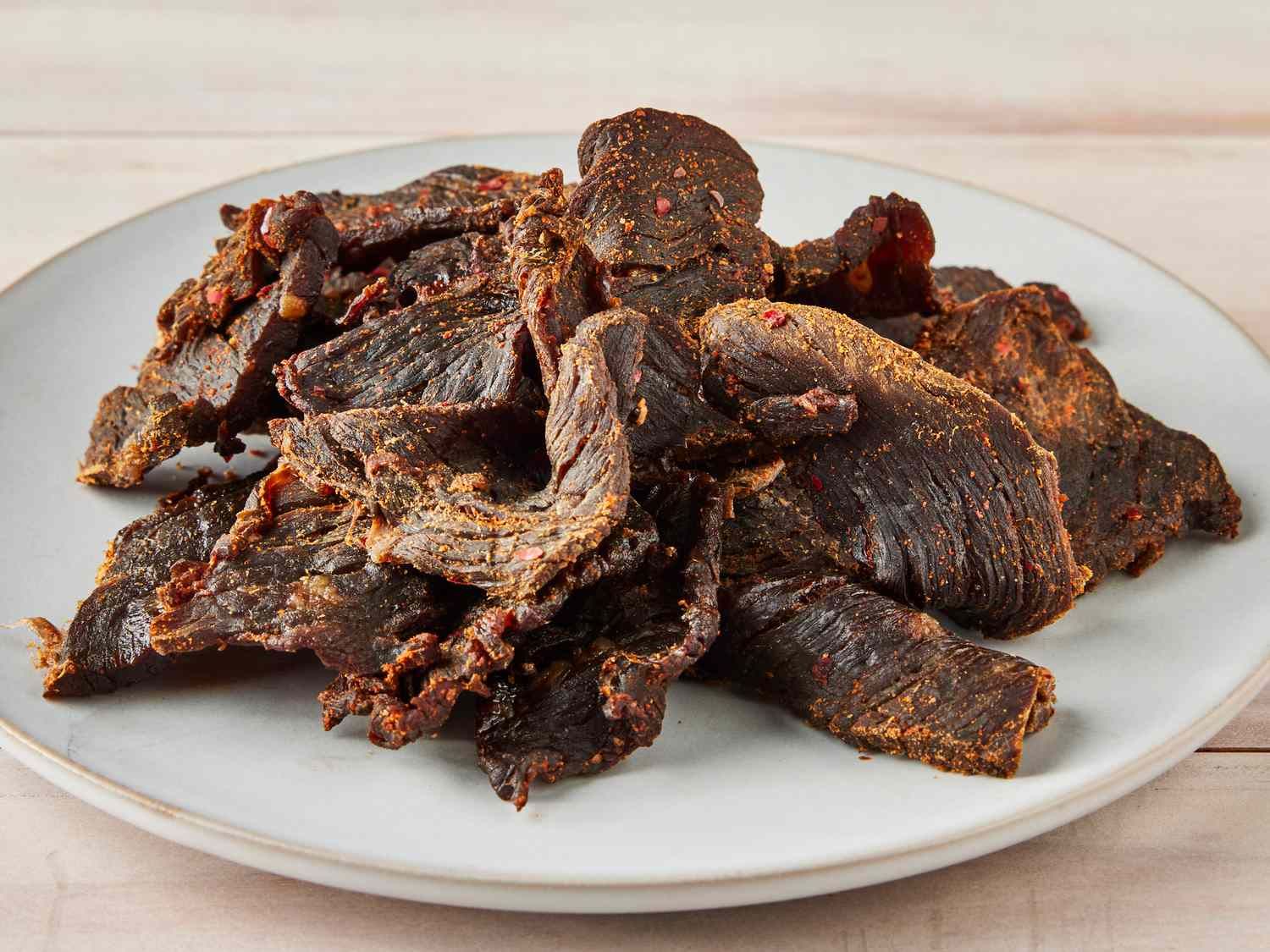
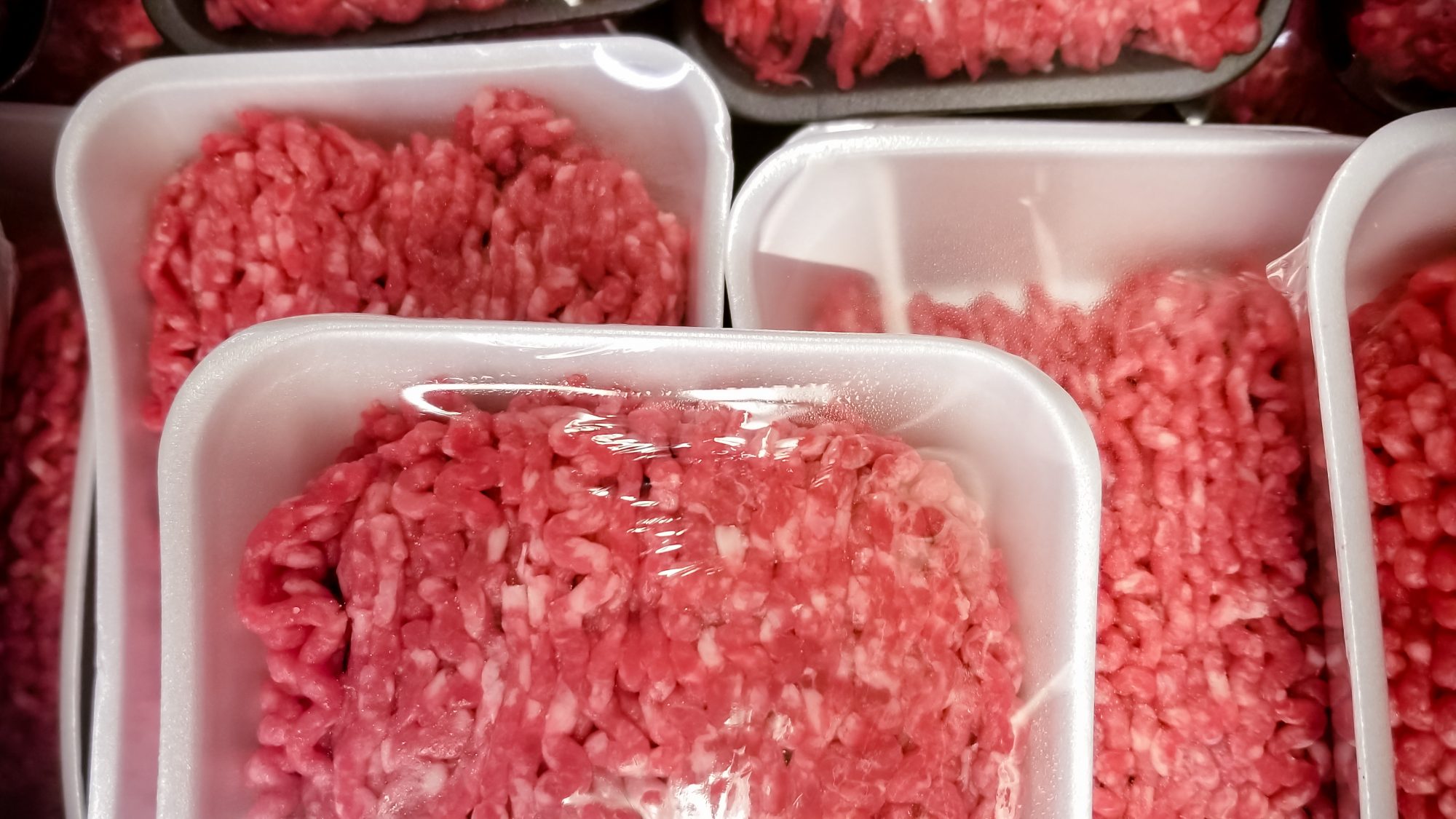
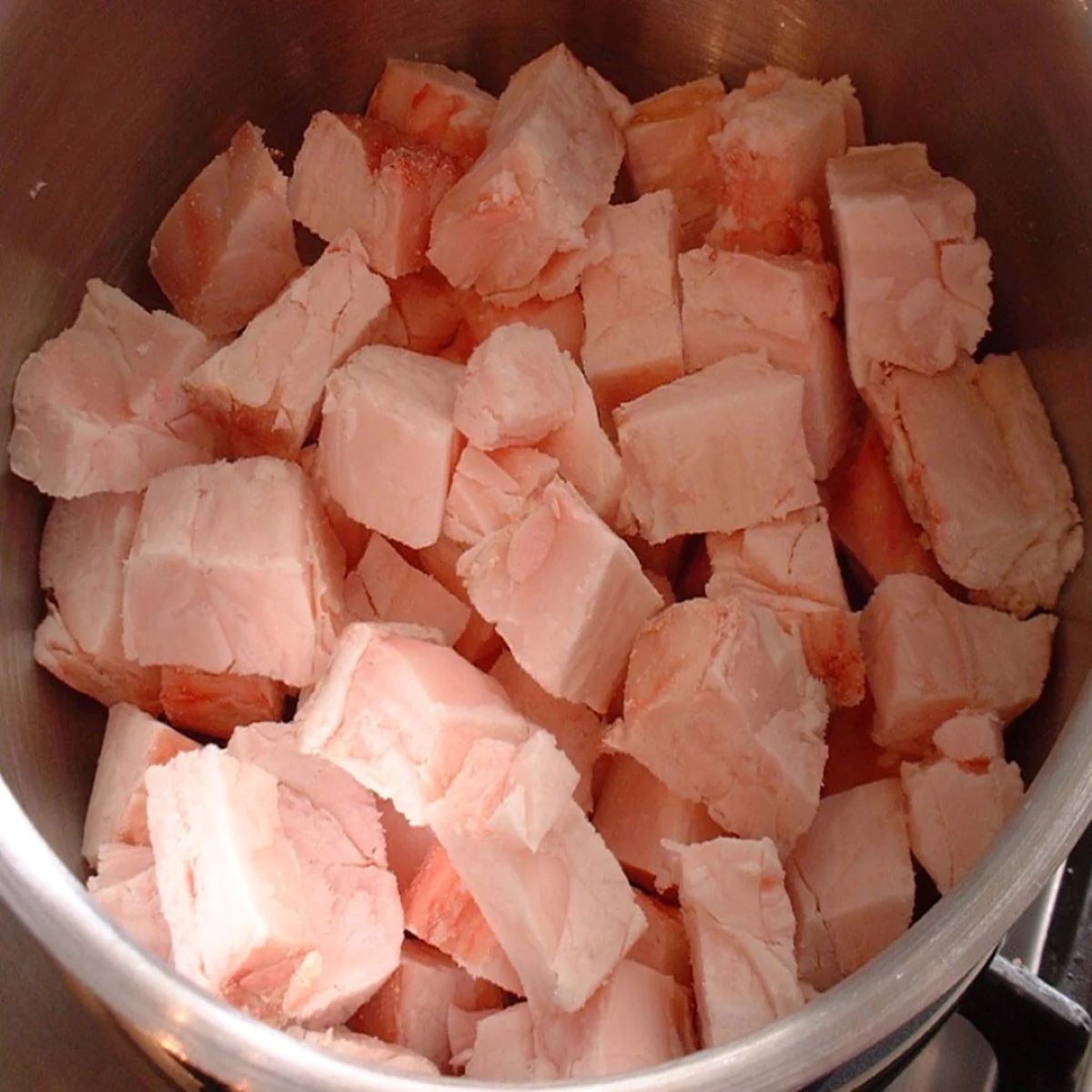
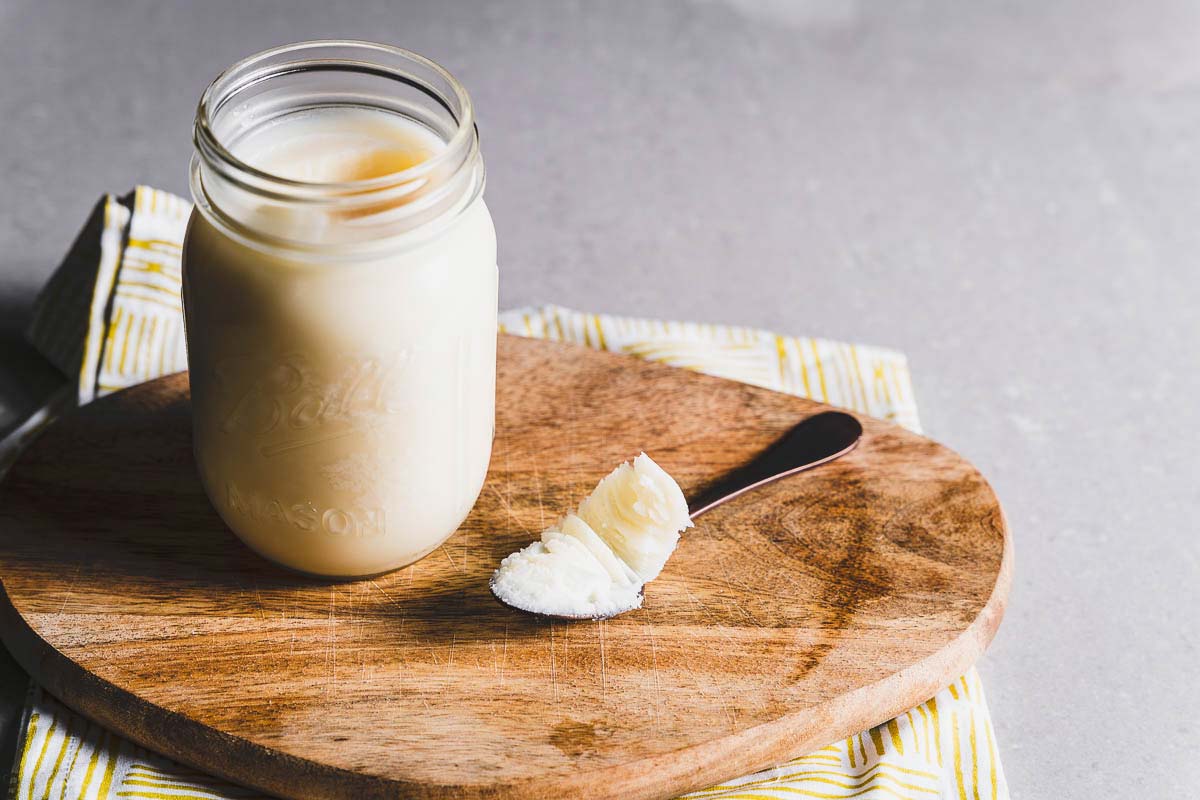
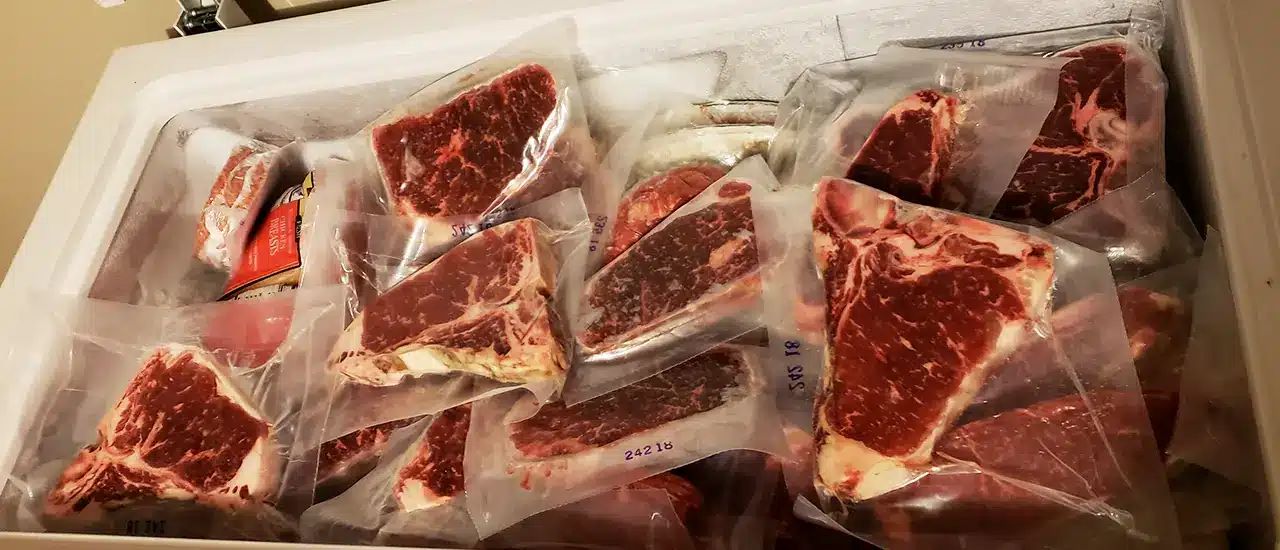
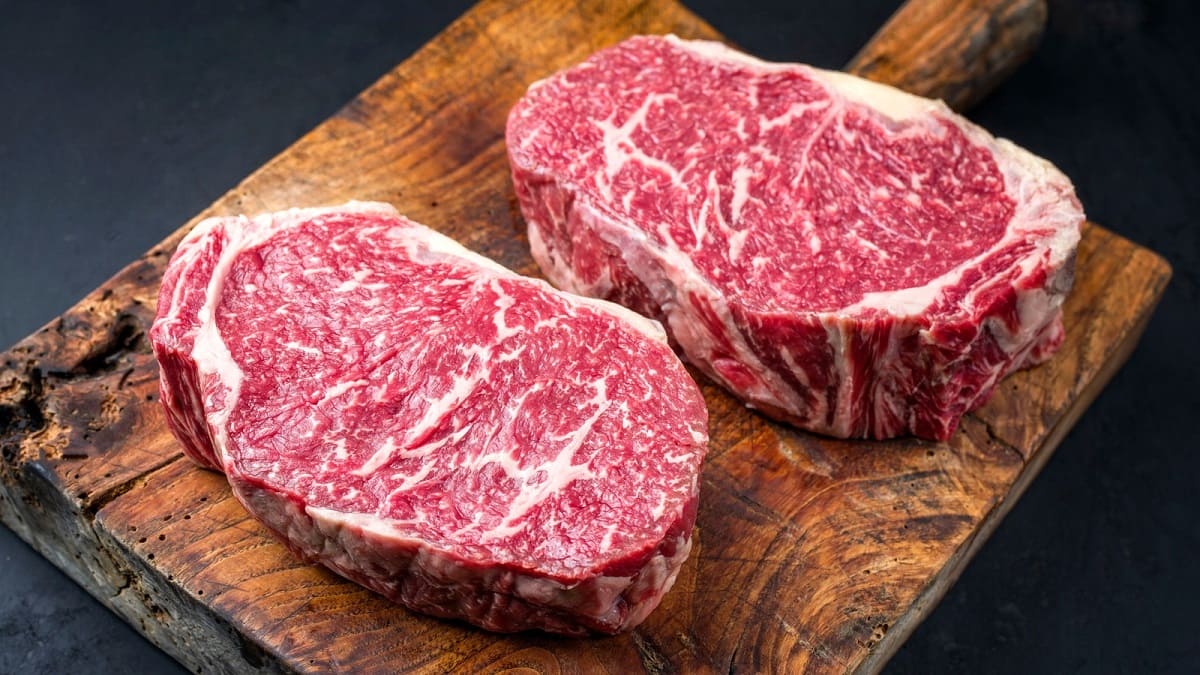
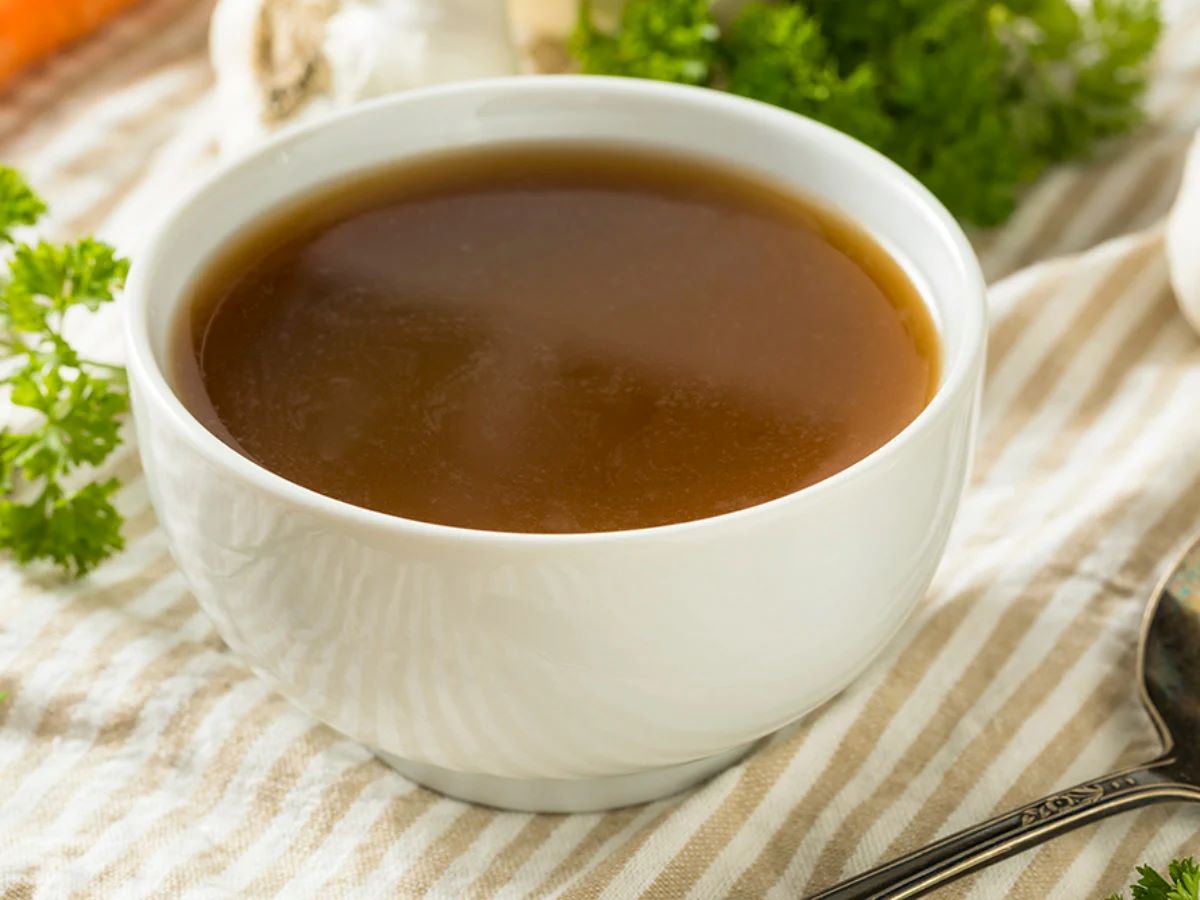
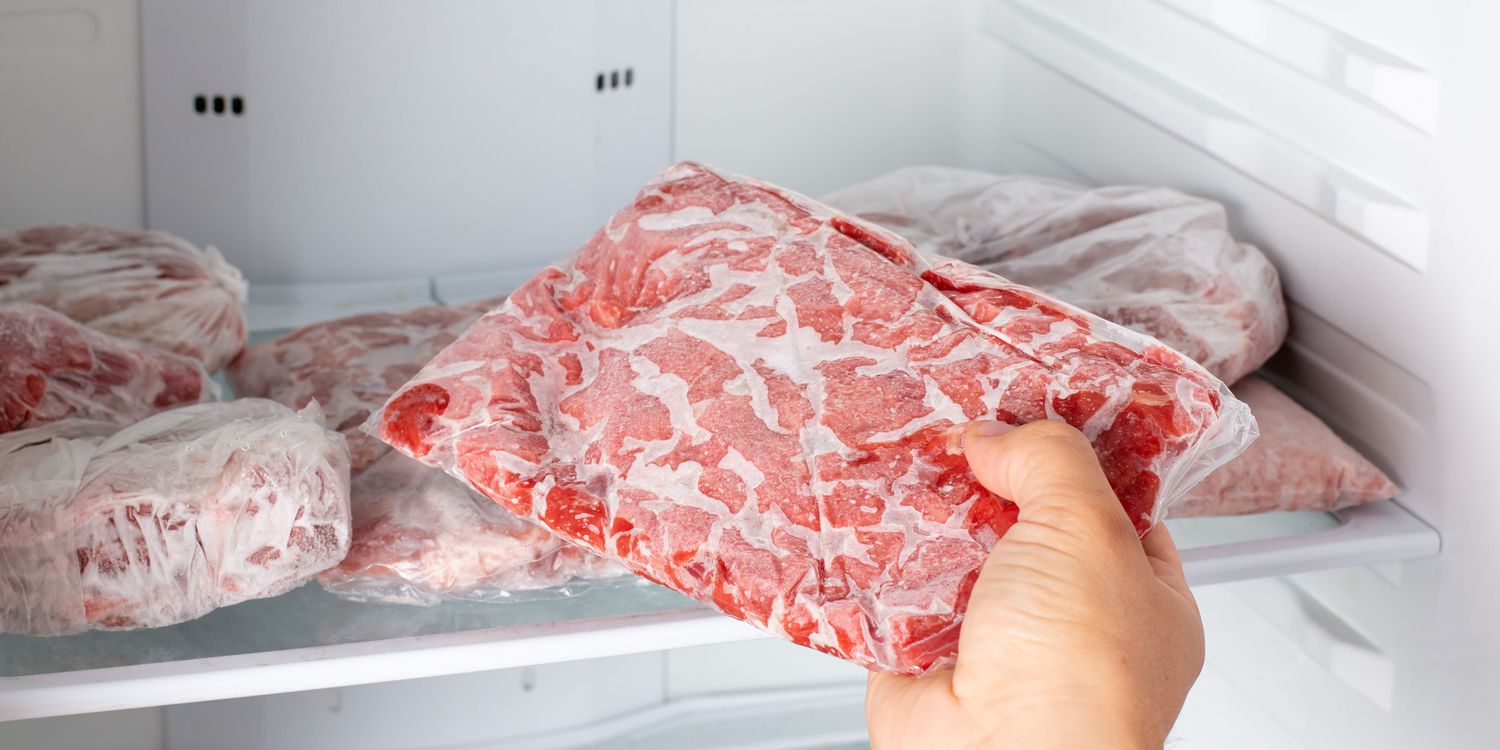
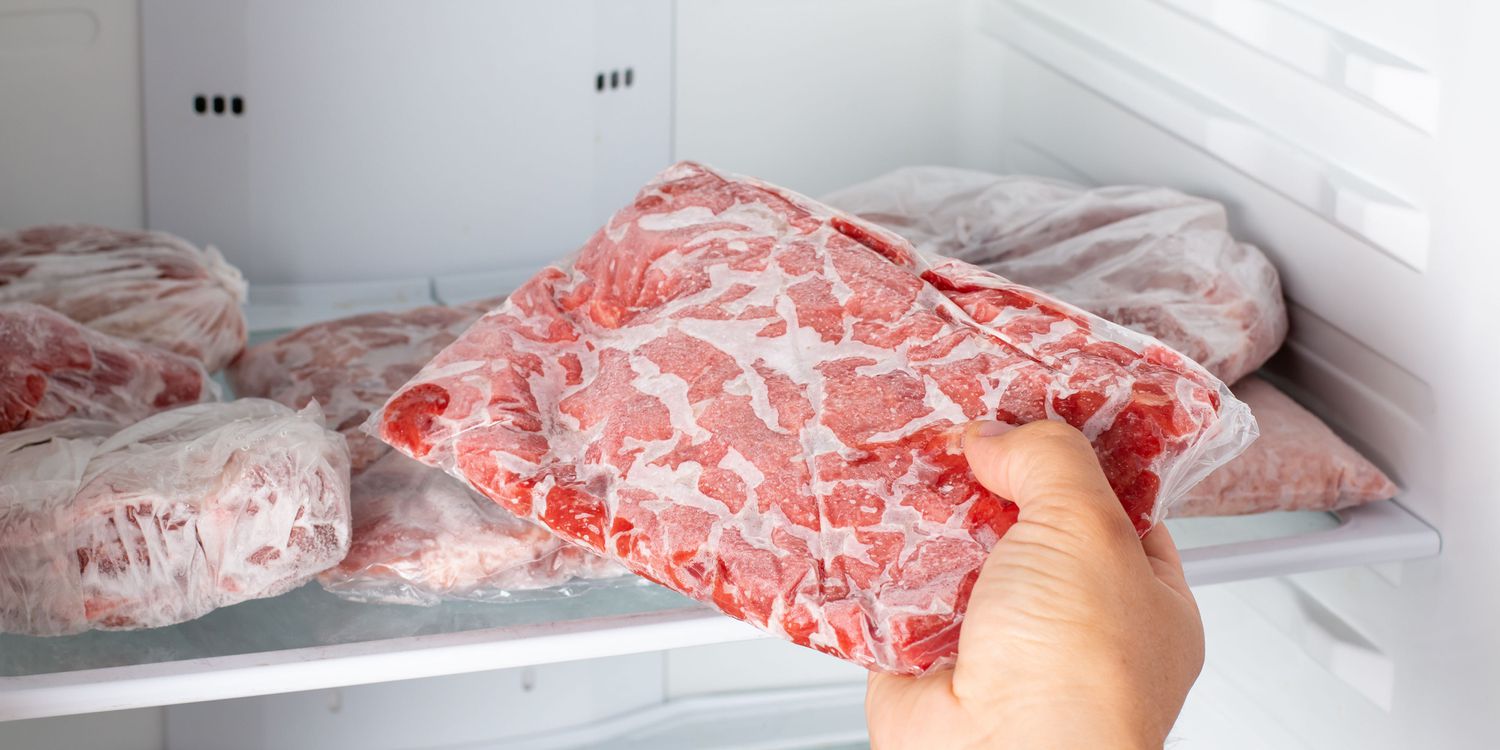
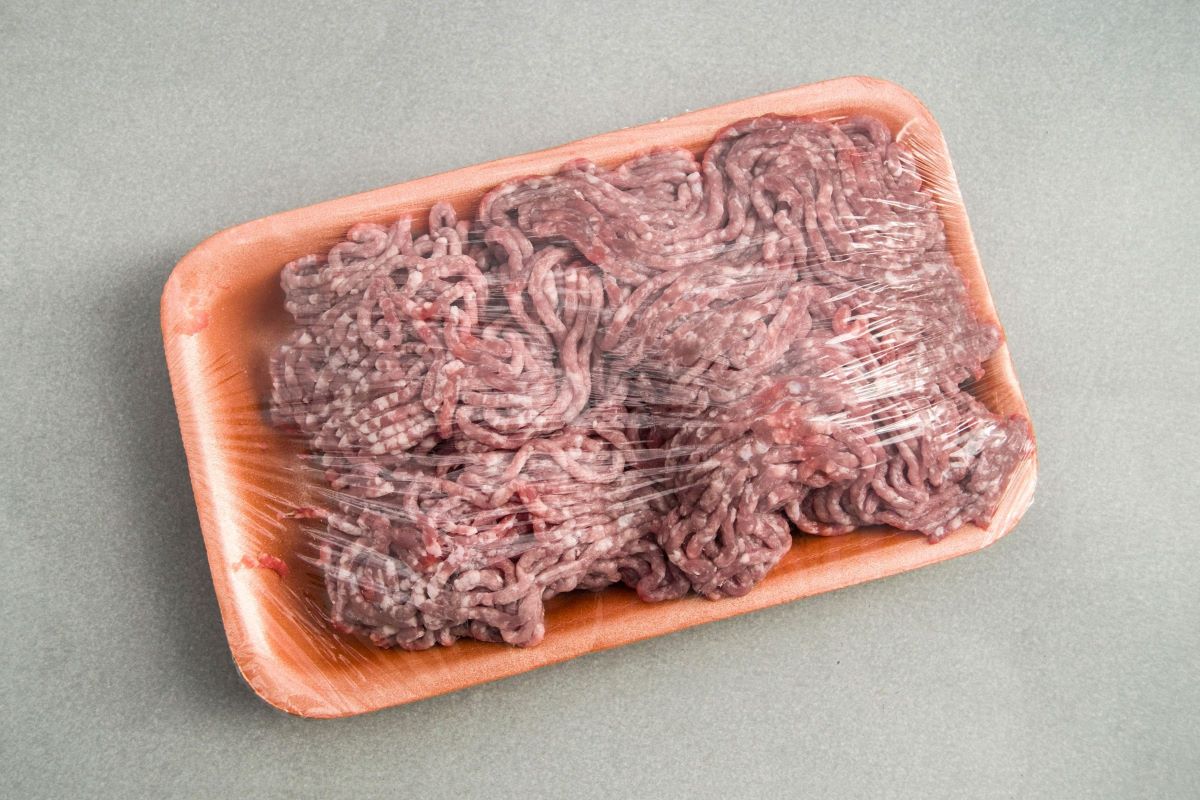

0 thoughts on “How To Store Beef Stew”